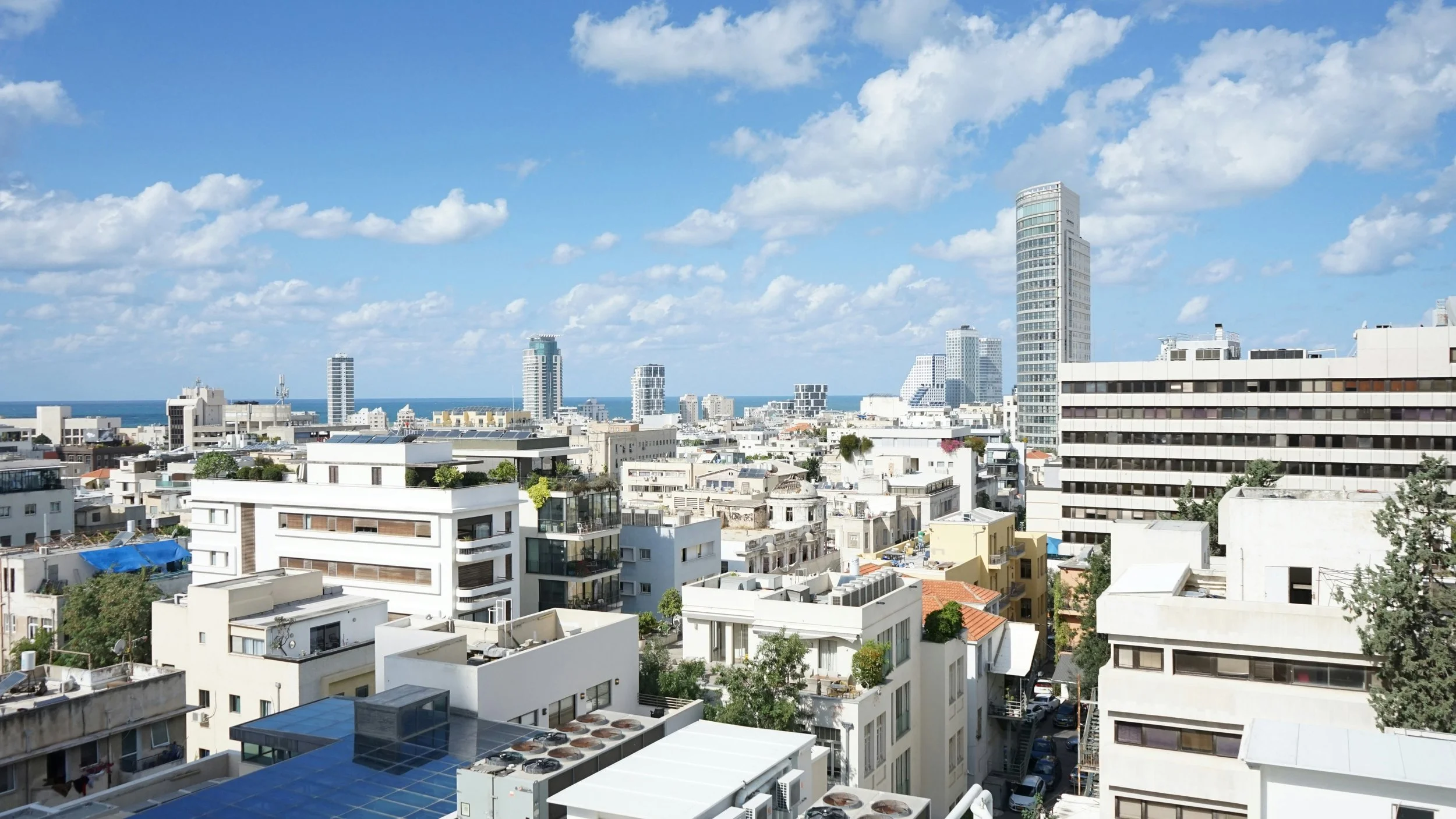End of the Gaza War? Why Israel’s Market Rally is More Than a News Cycle Surge
The Tel Aviv Stock Exchange surged this week on reports that President Trump is advancing a plan, with the apparent backing of Israel and much of the Arab world, to release the hostages and bring the war in Gaza to an end. Headlines focused on the peace optimism. But I think this rally tells a deeper story about the Israeli economy itself.
Riding the News — or Revealing Resilience?
It’s easy to dismiss the jump in Israeli equities as a short-term reaction to geopolitical headlines. But look closer: the very fact that markets respond so directly to war news suggests that Israel’s economic core is intact.
If the economy were structurally weak, positive news would barely move the needle. Instead, the TASE has consistently rallied on good developments, showing that conflict risk — not economic fragility — is the key factor suppressing market performance.
The Indicators Back It Up
Over the past two years, Israel’s economy has shown remarkable resilience despite the war:
Growth Momentum: After a lower-than-average 2024, GDP rebounded in the first half of 2025, running near an estimated 3–4% annualized (vs. ~1.9% in Q4 2024).
Labor Market Tightness: Unemployment remains very low (~2.9%), showing that core sectors are holding up under stress.
Export Strength (Tech + Defense): High-tech and defense exports are at record levels, anchoring the current account and forex inflows.
Currency / External Confidence: The shekel has appreciated ~10.7% since June, trading around ₪3.28/$ — its strongest level in years.
Fiscal / Debt Discipline: Interest payments on government debt are ~2.5% of GDP — lower than the OECD average (3.0%) and U.S. (3.3%).
Reserves Buffer: Israel holds over $200 billion in foreign exchange reserves, giving it a strong shield against shocks.
Innovation & VC Flows: Despite wartime uncertainty, Israeli tech raised $11.9 billion in the first three quarters of 2025 (+13% YoY), and M&A has soared to $71 billion — showing global capital is still betting on Israeli innovation.
Credit Risk (CDS Spreads): Israel’s 5-year CDS is currently 78.05 bps, very close to its 52-week low (~72 bps vs. high of ~159). That matters because CDS is the market’s pricing of default risk. Trading near its low suggests that, despite war, global credit markets view Israel’s sovereign risk as stable and contained.
These are not signs of a broken economy barely limping along. They point to a system that absorbs shocks and rebounds quickly.
The Counterpoints
Still, it would be a mistake to look at the rally and assume the picture is entirely rosy. Part of the resilience we see today reflects extraordinary wartime spending and defense-related demand — conditions that, by definition, are temporary. The strength is also uneven across the economy: while technology and defense exports are breaking records, sectors like tourism, real estate, and small business continue to struggle under the weight of uncertainty and disruption.
Valuations themselves carry their own risk. Markets may be pricing in a peace premium that has yet to materialize; if hopes for a swift resolution are disappointed, a reversal is entirely possible. And beneath the surface, there are costs that do not show up immediately in GDP or unemployment figures. Infrastructure damage, delayed investment decisions, and the opportunity cost of prolonged conflict often emerge with a lag, and those burdens could temper the headline numbers over time.
These factors don’t erase the underlying strength, but they remind us that resilience doesn’t mean immunity.
A Grounded Optimism
Far too often we view Israel — whether geopolitically or economically — in binaries of good or bad, weak or strong. Embrace nuance, and what emerges is a much clearer picture that can inform perspective, both as observers and participants in Israel’s economy.
So what does the rally tell us? It’s not just a fleeting news pop. It shows that Israel’s economy is fundamentally strong, and that war is the key variable weighing on market performance. When regional stability prospects improve, markets respond decisively — because the system beneath is healthy.
At the same time, it’s wise to stay clear-eyed. Not every sector is thriving, and not every cost has been counted. But taken together, the story is one of resilience, adaptability, and the potential for significant upside once geopolitical clouds lift.
That’s why I see this rally less as a distraction from the real story, and more as a window into it. Beneath the headlines, Israel’s economy has proven itself far stronger than many expected — and that’s a reason for cautious, but real, optimism.
About Kotel Investment Management: We serve as a bridge between U.S. capital and Israel’s overlooked fixed income markets, sharing insights and perspective through our research and thought leadership.
This content is for informational and educational purposes only and does not constitute an offer to sell or a solicitation of an offer to buy any securities.
